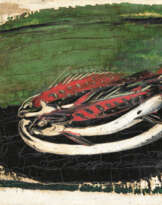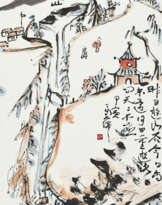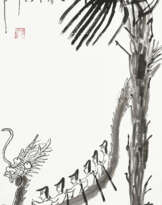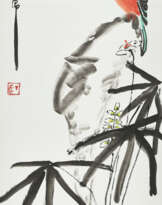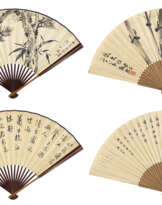ID 770117
Lot 1058 | DING YANYONG (1902-1978)
Valeur estimée
HKD 200 000 – 300 000
| Artiste: | Ding Yanyong (1902 - 1978) |
|---|
| Artiste: | Ding Yanyong (1902 - 1978) |
|---|
| Adresse de l'enchère |
CHRISTIE'S 18 Chater Road Central Hong Kong Hong Kong | ||||||||||||||
|---|---|---|---|---|---|---|---|---|---|---|---|---|---|---|---|
| Aperçu |
| ||||||||||||||
| Téléphone | +85227601766 | ||||||||||||||
| Fax | +852 2760 1767 | ||||||||||||||
| Conditions d'utilisation | Conditions d'utilisation | ||||||||||||||
| Heures d'ouverture | Heures d'ouverture
|



